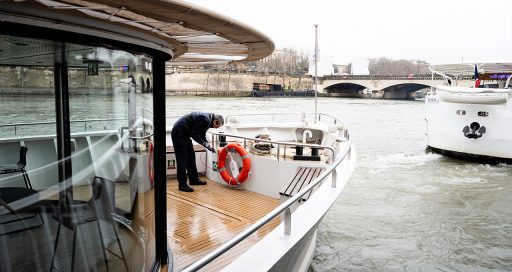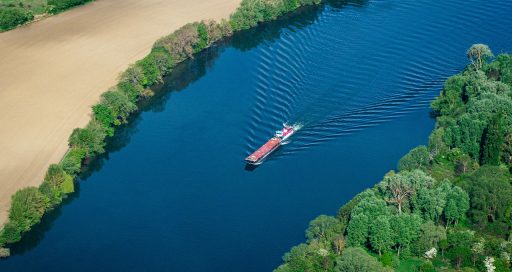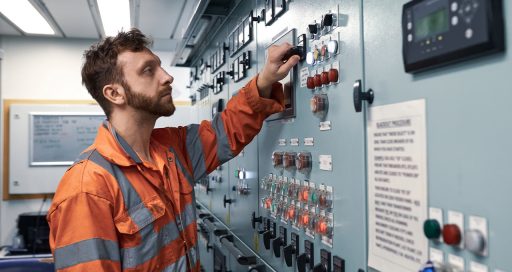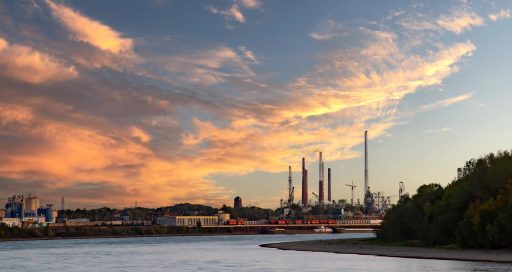Vedettes de Paris, an operator of tourist boats on the Seine, appointed Actemium Marine to upgrade its fleet of five vessels to use electric engines.

The decarbonisation of water transportation is not confined to cruise liners, supertankers and giant container ships. It also applies to river transport, particularly in urban areas, and primarily involves the electrification of watercraft.
In the French capital in autumn 2021, the transport operator Vedettes de Paris committed to a proactive “responsible” climate change policy with the aim of halving its carbon impact by 2024. As part of this policy, the company decided to electrify its fleet of five tourist boats, each of which can carry 250 people. The conversion cost is estimated to be €7.5 million.
“The first transformation of its kind on a sightseeing cruise vessel of this size”
A competitor to Bateaux Mouches and Bateaux Parisiens, the company employs between 70 and 100 people depending on the season. On 1 February 2024, it relaunched its first transformed 100% electric-propulsion vessel, the Paris-Trocadéro. Two more vessels are due to be similarly equipped this spring, and a fourth in 2025, the transformation of which is currently in the design phase. The electrification of each boat will avoid 460 tonnes CO2 equivalent per year.
To meet this challenge, Vedettes de Paris approached Actemium Marine following a call for tenders that concluded in June 2022. Actemium Marine, which since 1 January 2024 has included teams from Barillec Marine and Cegelec SDEM Dieppe, was awarded the project in its entirety (see box).
Challenges and constraints
“This is the first transformation of its kind on a sightseeing cruise vessel of this size,” says Bruno Libert, Business Unit Manager at Actemium Marine Fluvial And it presents a number of challenges, the first relating to the power required: it involves “Optimising communication between the different parts of the system so that battery charging and discharging occurs in a balanced way. It’s all a question of automation.”
But the installation of an onboard electrical power plant to allow zero-emissions navigation of the Seine presented another challenge: the need to match the customer’s business model based on ten 75-minute journeys per vessel per day.
As Bruno Libert explains, “Knowing that each craft takes around twenty minutes to disembark and embark its passengers, a rapid charging system has been implemented, which allowed us to optimise the size of battery bank on board.”
For help with sizing the battery banks, Actemium Marine made use of technical and regulatory transformation and integration studies carried out by the naval design studio Ship‑ST.
This collaboration, which also drew on the expertise of the Parisian boatyard Chantiers Navals du Nord Vanpraet, ultimately opted to oversize the battery banks. “The customer selected this option based on the impact of the Seine’s strong current on power consumption,” says Bruno Libert. “It allows us to take normal battery aging into account and ensure that the boats can work under the current operational constraints for the next seven to eight years.”
A complete electrical conversion package
The full electrical conversion package for Vedettes de Paris includes the electrical conversion cabinets, the batteries (each vessel is fitted with two 550 kWh packs, each containing 40 batteries that weigh 125 kg apiece), two energy conversion batches, the electric engines, and the central control system that makes piloting the vessels easier and safer, so that pilots need not worry about the complex electrical architecture behind this type of propulsion, and can instead concentrate on navigation.
04/16/2024





